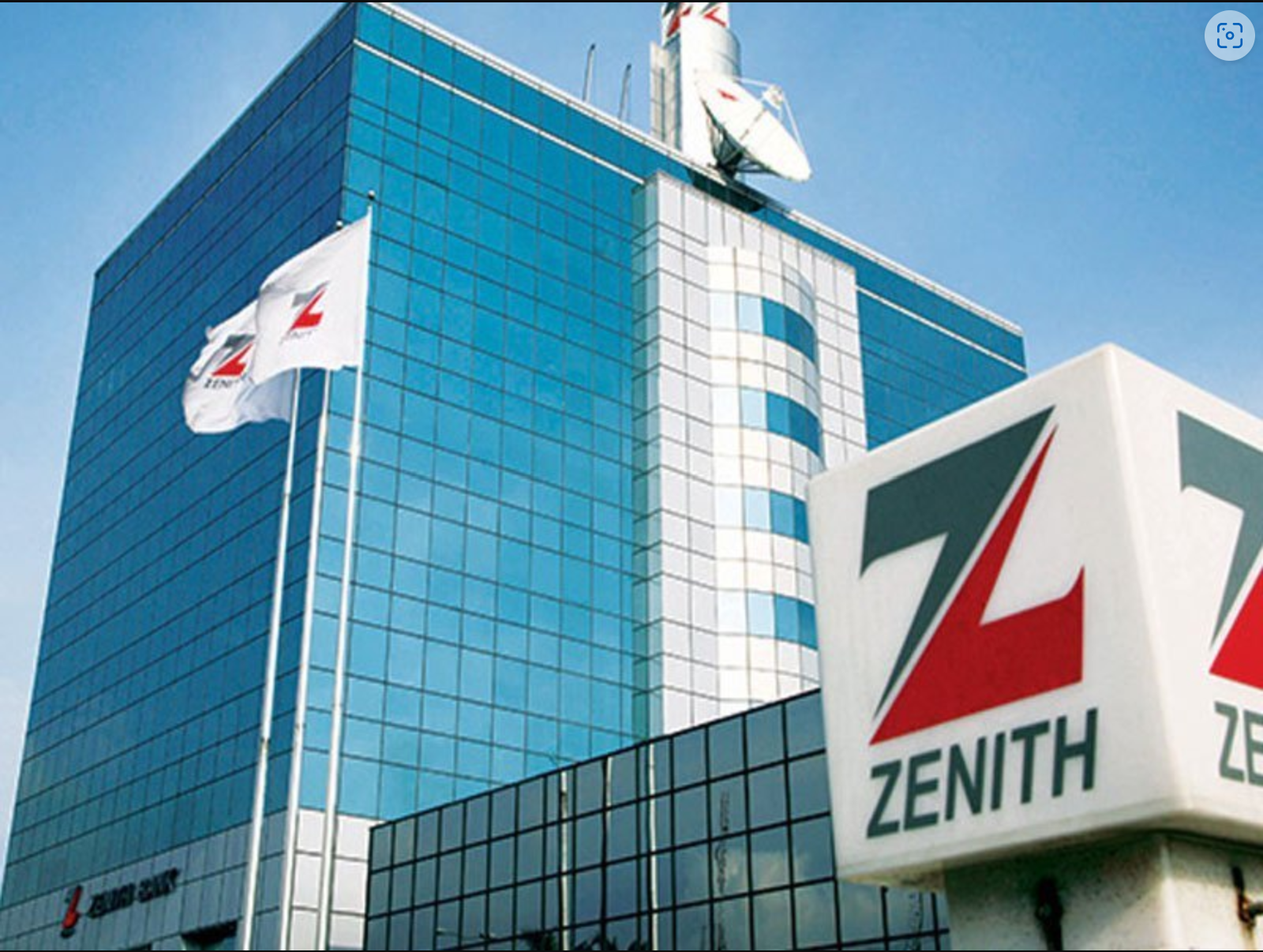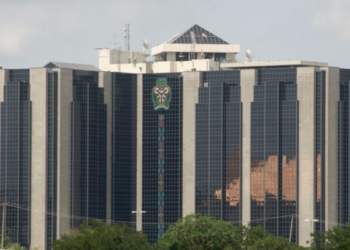Nigeria’s largest banks set aside a combined N1.96 trillion in the first nine months of 2025 as impairment charges to cover potential loan losses.
This represents a sharp increase from about N1.32 trillion (up 49%) in the same period of 2024.
Crucially, this surge in provisioning comes as the Central Bank of Nigeria (CBN) begins unwinding its pandemic-era forbearance measures, regulatory relief that previously allowed banks to restructure exposures and delay the classification of non-performing loans.
The apex bank has since flagged banks still under forbearance for “close supervisory engagement.”
Under the revised framework, banks that continue to benefit from forbearance are restricted from paying dividends, issuing executive bonuses, or expanding offshore operations, while those that have met the minimum requirements are transitioning out.
Ahead of the full unwind in March 2026, the CBN disclosed that at least eight banks have already met the requisite forbearance-related standards, signaling an improving regulatory stance.
Against this backdrop, Nairametrics reviewed the financial statements of Nigeria’s top listed banks to determine those with the largest impairment charges so far in 2025.
Below is the ranking of the eight banks with the biggest loan-loss provisions as of Q3 2025.

Zenith Bank posted the highest impairment charge of N781.5 billion, up 63.6 % from N477.8 billion in 2024. The actual provisioned loans topped N830 billion but was reduced by loan recoveries.
This increase in loans impaired stemmed from higher provisioning on foreign-currency-denominated loans and macroeconomic headwinds, especially in line with the central bank’s forbearance mandate.
The bank had mentioned that its ‘elevated provisioning” was due to the industry‑wide wind‑down of the CBN forbearance regime, as the bank focused on taking a one-time hit, cleaning the slate for a new era of prudential risk management.
It is also important to note that a bulk of Zenith Bank’s N781 billion provisioning (about N711.4 billion) occurred in the second quarter of the year.
The bank stated that its Gross loans declined by 9% to N10 trillion as at September 2025, while the Non‑Performing Loan (NPL) ratio improved to 3% due to the write‑off of non‑performing loans.
The Group’s cost of risk stood at 10% while the cost‑to‑income ratio rose to 45%. Their capital adequacy ratio and liquidity ratio remain closed the period under review at 27.9% and 53% respectively.
Note: Fidelity Bank and FCMB were excluded from this report as both institutions had yet to release their nine-month interim results at the time of publication. The banks attributed the delay to ongoing internal audit reviews.
Fidelity Bank is also yet to publish its half-year results. However, based on FCMB’s half-year filings, the bank recorded total impairment charges of N36.2 billion, which would have placed it among the top six banks by provisioning if included in this analysis.
























